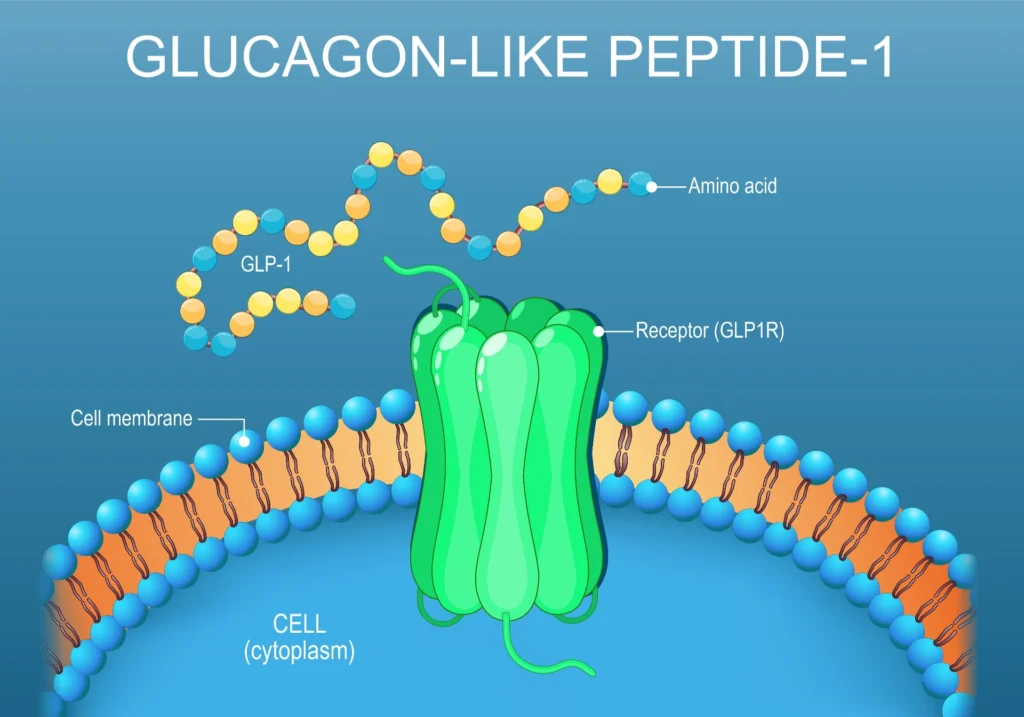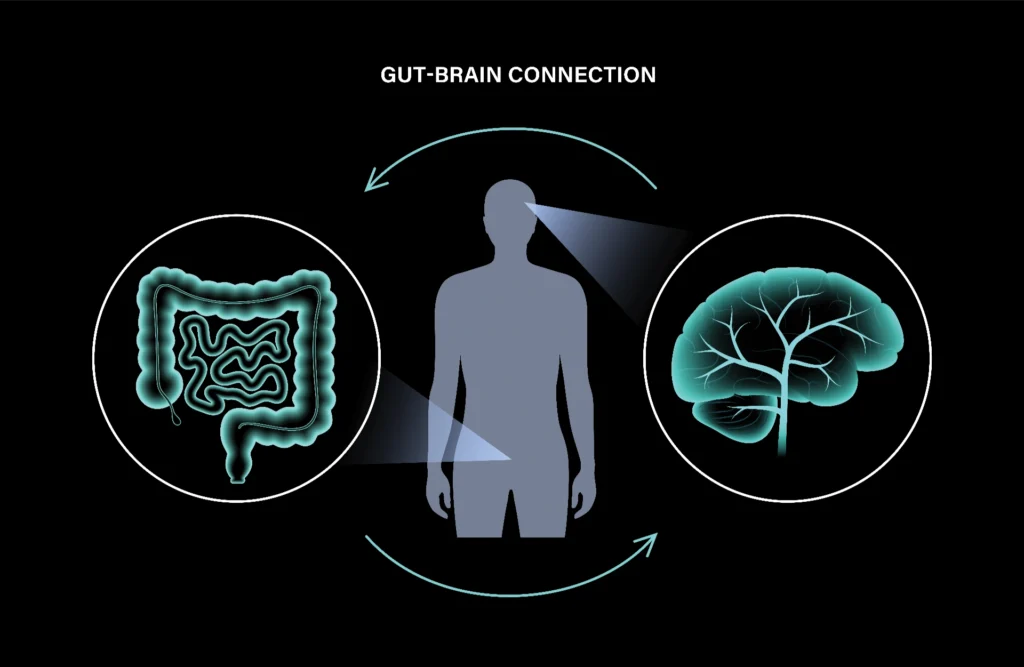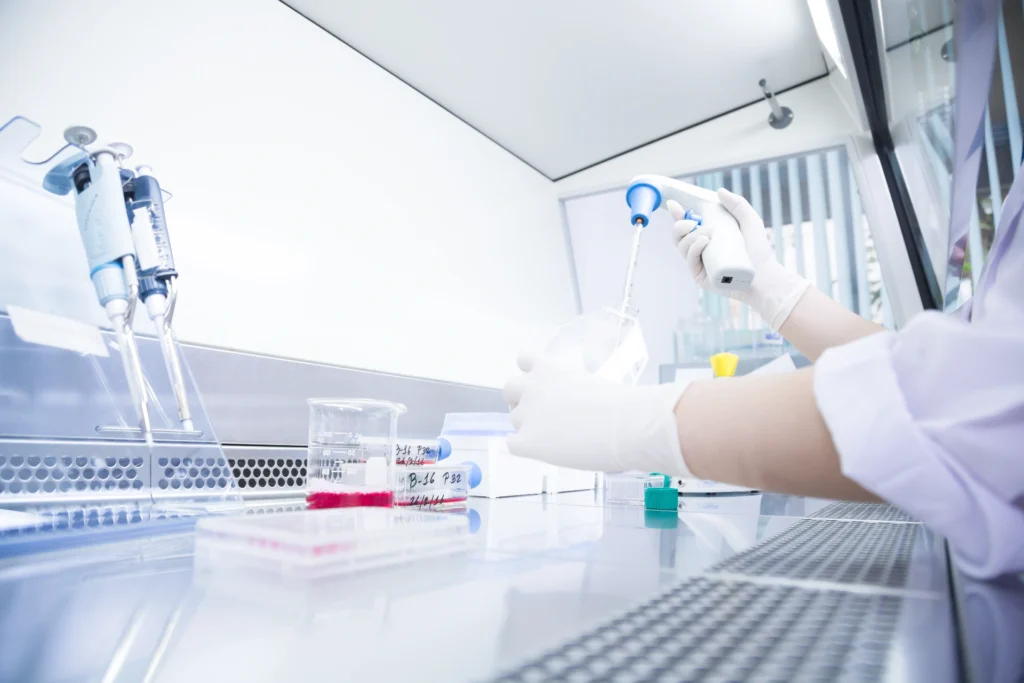Human-Relevant Models for Gut Hormone & Gut–Brain Research
Explore how intestinal epithelial models enable studies of GLP-1 release and gut–brain communication.
GLP-1 Release from Intestinal Epithelium
Glucagon‑like peptide‑1 (GLP‑1) is a powerful incretin hormone produced by specialized enteroendocrine L‑cells embedded within the intestinal epithelium.
Meal consumption stimulates these cells—via luminal nutrients and neuro‑endocrine signals—to release GLP‑1, which exerts its effects before being rapidly degraded by DPP‑4 enzymes.
Once released, GLP‑1 enhances insulin secretion, suppresses glucagon, slows gastric emptying, and promotes satiety by acting on both peripheral and central receptors.
Beyond metabolic regulation, emerging research reveals GLP‑1 also plays a role in modulating intestinal immune homeostasis and barrier integrity—highlighting its dual endocrine and immunoregulatory roles.


The Gut–Brain Axis
The gut–brain axis is a dynamic communication network linking the intestinal epithelium, enteric nervous system, and central nervous system.
Signals such as GLP‑1, serotonin, and other gut-derived messengers play key roles in regulating appetite, energy balance, and mood.
In vitro intestinal models like RepliGut® provide a unique platform to study the epithelial component of this axis—helping researchers explore how nutrient sensing, hormone release, and barrier health influence systemic metabolic and neurological outcomes.
As the therapeutic landscape expands to address metabolic disease and neurodegenerative disorders, these models can support investigations into the gut’s critical role as both a metabolic and neuroendocrine organ.
Applications with RepliGut®
Possible research avenues using RepliGut®
- Test for nutrient-triggered hormone release.
- Explore epithelial contributions to neuroendocrine signaling.
- Mechanistic research on appetite, satiety, and mood hormone pathways.
- Build your own assays, or let us do it for you.

